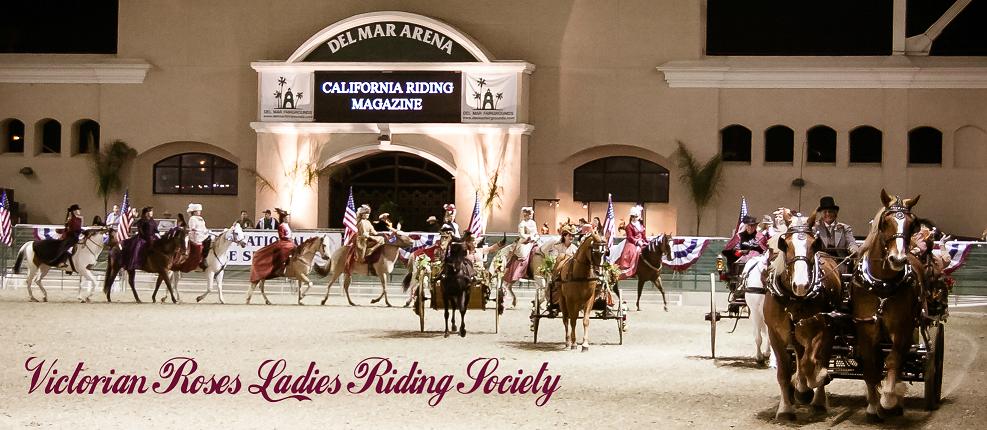The mechanical carriage clock has been around for more than
300 years. Its history began around 1600, when driving in luxuriously
equipped carriages began to flourish.
Among demanding watch collectors, the baroque carriage clock is particularly well known. It gives the impression of a heavily oversized pocket watch. It often weighs more than two pounds and its dial can have a diameter of up to six inches. Due to its size, it is more solid, more accurate, and easier to read than the smaller pocket watch. As a rule, the carriage clock was also protected by a leather or reptile skin-covered case with small holes so as not to dampen the chime too much.
Early carriage clocks had a nice special feature: a string with which the striking mechanism can be activated. This meant that the time could be learned at any time, even in the dark.
The repeating chime then sounds the quarter of an hour and the number of whole hours. There was also an alarm function.
Such carriage clocks, also called saddle or alcove clocks, were carried in closed touring carriages. Some carriages had a hook inside the padded box from which the clock could be hung. However, this was only possible on the “new style” roads. In the eighteenth century, many overland roads were in such poor conditions that the carriages along with the passengers and their luggage were shaken hard.
The preserved carriage clocks of the eighteenth century, many of them were created in Bavaria, are now pure collectors items and cost several thousand dollars. A little cheaper are the so called “carriage clocks” from the time after 1800, which are called carriage clocks, but are actually travel clocks with alarm clocks. Their simple, pretty metal cases were covered with leather for travel.
Some carriage clocks from that time period had a display of the moon and sun phases, which could be triggered with a pressure lever. An alternative to the mechanical clock was the folding sundial with built-in compass.
Watches of English coaches and German course carriages.
The Royal Mail coaches of England were the first in the eighteenth century to depart to the minute and follow the specified timetable. They arrived so precisely that the church clocks of the respective places were set based on them, not vice versa. The guard was equipped with a robust pocket watch, which he carried well protected in his leather shoulder bag. The coachman had to keep checking with the guard about the time on the fast ride in the coach. Contemporary paintings show scenes of the coachman turning back to the guard (or conductor).
Exact time became even more important after 1850 with the disappearance of postal carriage routes due to the new railways. A proper coachmen now had a leather bag which was described like this: two straps, one around the neck, the other around the body, a pocket on the inside to store the travel papers, on the outside a container to be closed with a brass fastener, in which the watch was locked.
Carriage Clocks around 1900
In the nineteenth century, a clock continued to be part of the luxurious interior of a closed carriage. At this time, open carriage were also equipped with them. Another innovation was the use of clocks mounted on the stemming board in special protective housing or on the spray leather so the self-driving whips* and sports ladies could easily read the time.
Overview around 1900, the following types of carriage clocks existed:
1. Clocks for closed carriages & private coaches mainly as part of the toilet bag attached to the front wall.
2. Clocks in the metal cases for large sport carriages and coaches - on the footboard.
3. Clocks in the leather cases for attaching to the dash leather (dash board).
4. Clocks in fixed cases (set in leather on fabric) on hunting carriages.
Carriage clocks from 1890 to 1920 can sometimes hardly be distinguished from boat clocks and early automobile from the same time period.
Side note: Clock are back on carriages again, this time they are used for timing in a CDE (Combined Driving Events), a Pace drive, or any other timed event in carriage driving competitions.
*
“Whip” is the title given to the driver of someone who is driving
their own carriage (as opposed to having a coachman driving drive their
carriage).
Timetable bag from around 1900 from the guard of a road coach named "The Venture". Recessed clock on the back and square key on the front side.

 Silver carriage clock with alarm function and periodic chime from around 1736. Lizard skin case has sound holes and surrounds the 5 inch clock., which weigh approximately 3.3 pounds.
Silver carriage clock with alarm function and periodic chime from around 1736. Lizard skin case has sound holes and surrounds the 5 inch clock., which weigh approximately 3.3 pounds. Submitted by Priscilla Rose, aka "Sleigh Gal"






















































